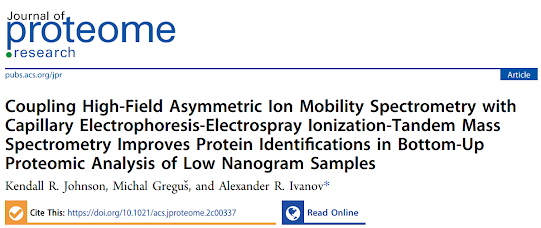A bright trainee new to proteomics recently asked something along the lines of "why are there all these different formats for all of these same things?"
My default response is "proteomics people are a just bunch of assholes" and if I have time I go into the story of the most thankless committee to attach your name to in all of the history of science.
The always ignored.
Never cited.
"Wait, we have a standards initiative?"
Proteomics Standards Initiative! (PSI)
Wanna know what they've been up to? No you don't. You wouldn't be working on another spectral library format right now if you did. I won't even waste time putting the link here because no one is going to click on it anyway.
Actually, this post is pretty short.
Here is the link.
I'm not going to read it either, I'm too busy working on a new universal mass spec format that allows the data from any instrument to be stored in a combination of wingdings and Emojis in .json format to facilitate the sharing of mass spec data over blockchain (literally the dumbest thing I could come up with, sorry if that is what the NSF funded you to work on. I can't wait to review it!)
I'll give you my summary the 20 year history of this initiative!
Every year, this group gets together at a major mass spec conference to discuss the fact that we have 35 spectral library formats and 11 different "universal" ways of storing mass spec data and maybe, just maybe, we should have ONE. No one knows what conference this occurs at because conference organizers never remember to book a room for them to meet.
The PSI typically ends up working in an unused supply closet or by a dumpster near the convention center and they still come up with great ideas to combat the biggest challenges that make outsiders think that proteomics people are completely insane or really really into drugs.
They take these ideas and they schedule talks to present them that organizers forget to advertise, or are scheduled directly opposite Neil Kelleher himself. So the audience typically consists of one confused student in the audience who got the room number wrong and feels too self conscious to leave.
And that's how you become a member of this unintentionally secret initiative!
While this is possibly the third funniest thing I've written since I got up at 2am, I hope there is some substance in it somewhere.
We do have a Proteomics Standards Initiative.
We've had one for 20 years.
They've somehow, despite every possible odd, made some progress in a field of obstinant vitamin D deprived individualists.
Can you imagine what they might do if some of us paid attention? Maybe check it out? I'm not going to, obviously, but it would be cool if you did.
















































